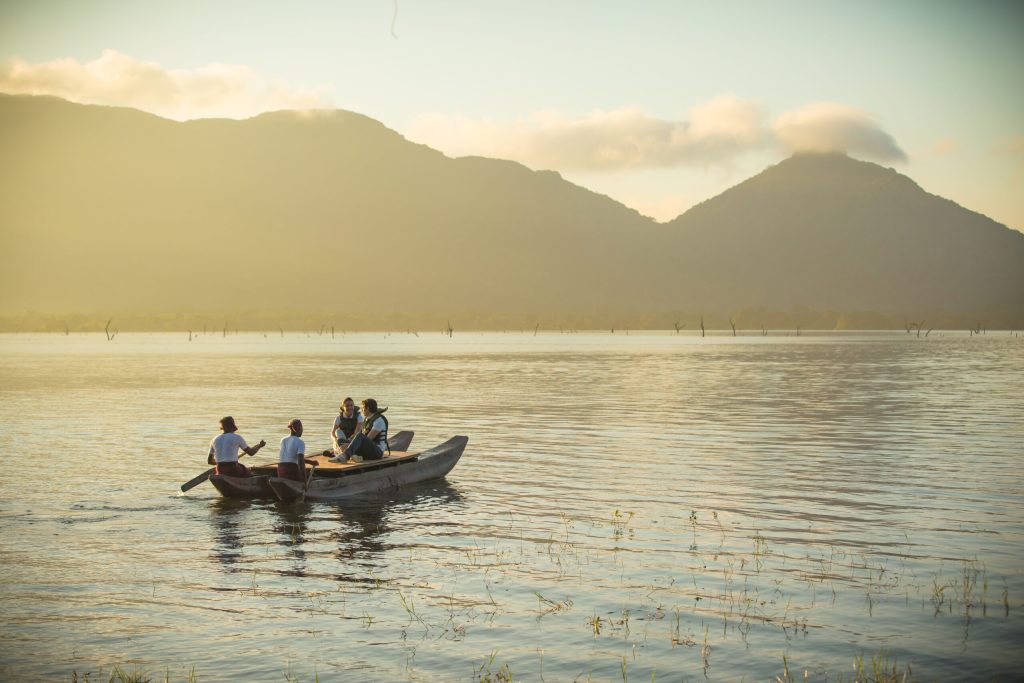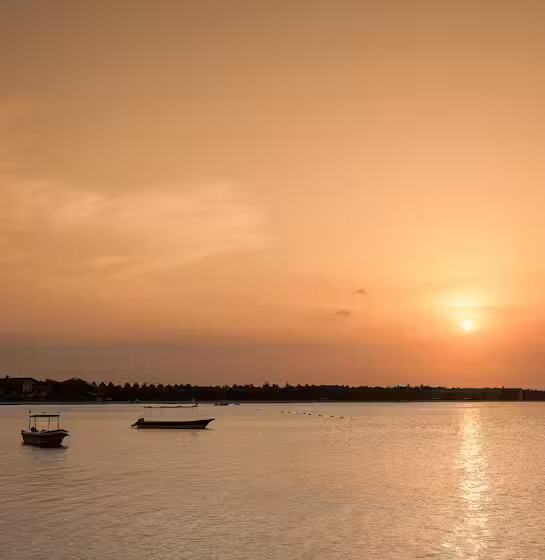In the heart of Sri Lanka’s dry zone lies a world of ancient wisdom and communal living. Discover how the ingenious construction of man-made tanks or reservoirs not only sustained agriculture but also fostered a harmonious village life deeply rooted in tradition.
The Ingenious ‘Wewa’ (A Reservoir)
Sri Lanka’s dry zone, encompassing present-day Anuradhapura and Polonnaruwa, boasts over 22,000 man-made reservoirs. These reservoirs store precious rainwater, ensuring year-round water availability for both farming and daily needs. Nuwara Wewa, built by King Valagamba, is one such reservoir that tourists can visit while holidaying in Sri Lanka’s Cultural Triangle; for instance, at properties offered by the likes of Amaya Resorts & Spas.

The Interconnected Village Life
Ancient Sri Lankan villages thrived as close-knit communities with extended families residing in houses constructed from mud walls and coconut-leaf thatched roofs. These villages were centred around paddy fields, where shared equipment like the Kurahan Gala for grinding finger millet and Sekkuwa for extracting coconut oil played a vital role.
The Village Ecosystem
The symbiotic relationship between the Wewa (tank), Dagaba (stupa), Gama (village), and Pansala (temple) is the cornerstone of Sri Lanka’s village life. While the reservoirs catered to material needs and agriculture, Dagabas and temples fulfilled spiritual and educational requirements. Go for a walk while holidaying at luxury hotels in Sri Lanka, especially those in the dry zone, if you’re interested in discovering how villagers live in present-day Sri Lanka.
A Timeless Way of Life
This enchanting glimpse into Sri Lanka’s village life finds resonance in Robert Knox’s 17th-century account, where communal living, shared resources, and sustainable water management remain at the heart of a timeless way of life, cherished by generations.

